DD3006 Colonialism – Chinoiserie proposal
chinoiserie
ʃɪnˈwɑːzəri/
noun
noun: chinoiserie
- a decorative style in Western art, furniture, and architecture, especially in the 18th century, characterized by the use of Chinese motifs and techniques.
Origin
late 19th century: from French, from chinois ‘Chinese’.
Topic: Chinoiserie
What is the idea of Chinoiserie?
How it is portrayed in every object?
How westerner interpret chinese style and why is there a fantasy about it?
Fashionable?
Idea of fantasy
Value of style (ie. vs baroque, low status)
Power play?
Real chinese style vs Chinoiserie style
Modern art vs Chinoiserie
Teapot, plates, bowls, vase, dresses, paintings, textiles,
Modern chinoiserie
Ideas:
- The fantasy of chinese culture and how is it a real portrayal of the the chinese culture
- The popularity and the mass production leading the devaluation of chinese culture
- Contemporary view of chinese culture in modern day designs/ art
Possible formats
Book, Brochure, Exhibition+(activity worksheets), 3D Model…., 3D gallery (walkthrough), Postcard prints
Interactive presentation to help the viewer understand the Chinoiserie.
Short term and Long term goals for each group member
- Tentatively research on a single chinoiserie object
- Think of a way to present all the objects that are assembled (creative presentation!)
- Come up with a thematic for the exhibition with the 5 objects that works with 2.
Fiona
-PLATES
-Blue & White
-Patterns
Yu Wei
-Western Painting on chinese subjects
-Technique spreading over to china
Peng Cheng
-Modern contemporary chinoiserie
Azmeera
- Textile; fabric; clothing; fashion
- 14th c. Italian silk full of Chinese motifs (Persia under Mongol; Chinese silks to Persia and then to Italy; opens up trade between East and West)
- 17th c. further trade with the East with the opening up of the Cape of Good Hope
- “not Chinese textile design but the designs on Chinese porcelain and lacquer that inspired the European textile chinoiserie”
- two impt kinds of decorative textiles: embroideries and painted silks
- Close study: Anna Maria Garthwaithe: English textile designer; silk; floral patterns
- Close study: “Dress (Robe a la francaise), 1740s → England; textile Dutch or German”
Daphne
Wall Text
Chinoiserie are Chinese products meant for exportation by the local manufacturers. In order, to suit the preferences of foreign buyers, Chinese craftsman added patterns that were not authentic to Chinese products at that time in order to seem more appealing. Due to wave of success in these Chinese export wares in Britain, there were many British craftsmen that imitated the Chinese style to produce “pseudo-Chinese” products, later called this style was coined Chinoiserie. These exports started in the 17th century and expanded dramatically after two decades into the 18th century.
During the 18th century, Baroque and Rococo Styles were also popular, thus it was inevitable that Chinoiserie has both style incorporated. It is uncertain that Chinoiserie had inspired some great Rococo styled furnishings, but the mix of east and west was evident in Chinoiserie products.
Chinoiserie often features extensive gilding and lacquering for furniture, the use of blue and white in the porcelain products. All their products usually are asymmetrical with oriental figures and motifs such as cranes, willows and clouds. John MacKenzie pointed out: ‘Chinoiserie, the construction of an imaginary Orient to satisfy a western vision of human elegance and refinement within a natural and architectural world of extreme delicacy, was as much a product of Chinese craftsmen as of the West’ These products allowed westerners who never entered China develop this idea of fantastic foreign land and fall in love with the imaginary that were crafted.
Even though the exoticism of Chinoiserie was distinct, it was more directed more for the interest of the female population. There were some products that were directly catered for women consumption as it was rumoured that traders often bring Chinoiserie as souvenirs for their wives from the Canton Trade.
However, Chinoiserie was never appreciated by the high society as art but instead viewed as a threat that may lower the standards of arts and culture. This was mostly due to the fact that Chinoiserie often lack depth in meaning and focus on the idea of surface beauty. Furthermore, Chinoiserie was a representation of meaningless vanity, indulgence, and luxury.
Our Gallery, Chinoiserie: Behind the Scenes takes visitors on a trip to unveil the more sophisticated and private side of Chinoiserie which was deemed as low cultured. Even though Chinoiserie was considered frivolous, it had nevertheless empowered woman with distinct set of physical product.
As women had less opportunities to be in contact of the real arts, men used their access of knowledge and appreciation of ancient art to stigmatise women to a low and deviant form of art that anyone, with or without education, can appreciate. In other words, Chinoiserie might be used as a social order to keep the existing powers of elites that controls artistic values. However, the general public had turned a blind eye that Chinoiserie was the stepping stone for the all genders to be in touch with art then soon politics and power of west and east. In a patriarchal society then, women was often seen as devious manipulators that can potentially fling society into disorder, people often forget that ideals and politics has nothing to do with gender in the first place. Thus, Chinoiserie played a huge role to blurring gender roles at that time.
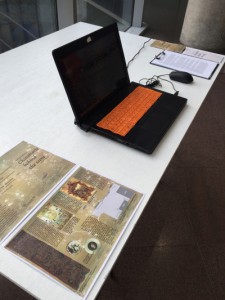 Planning a gallery exhibition definitely took alot more thought that anticipated, especially so with the thematic of the subject, Chinoiserie and how to find the relevant objects to group together, decently, in order to drive a point.
Planning a gallery exhibition definitely took alot more thought that anticipated, especially so with the thematic of the subject, Chinoiserie and how to find the relevant objects to group together, decently, in order to drive a point.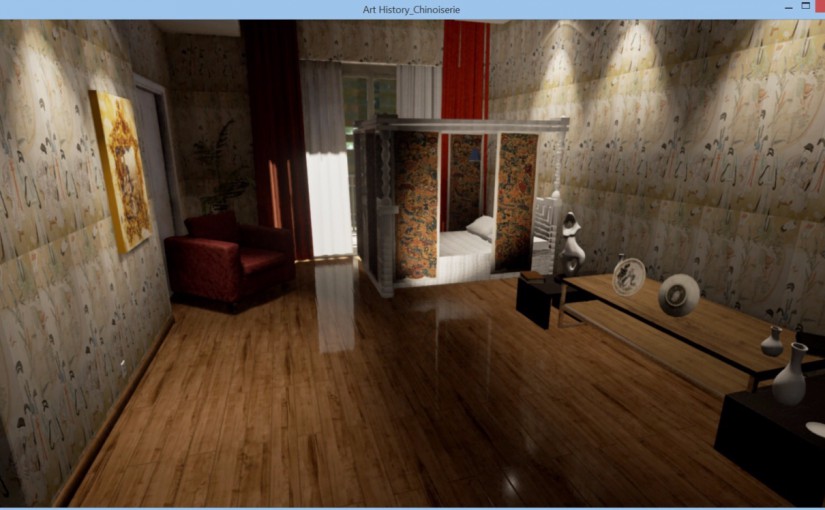
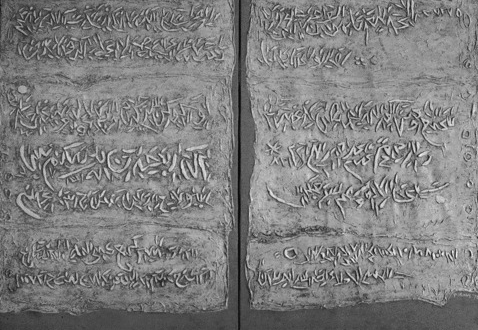
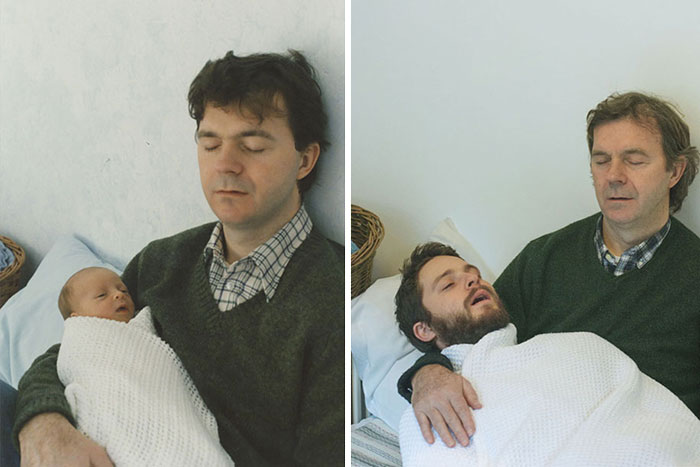

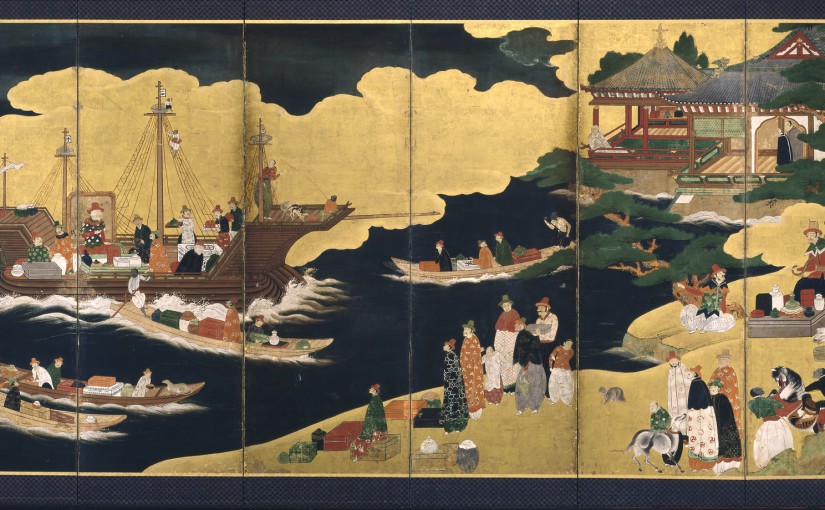
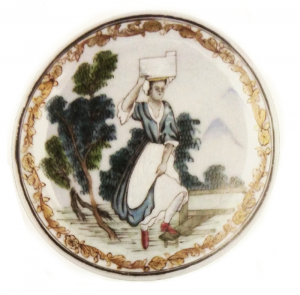
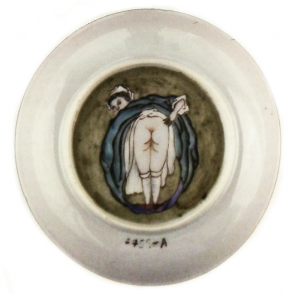
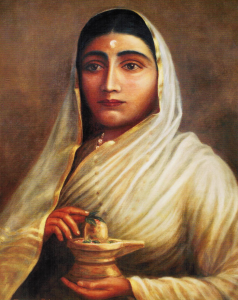 Kunstkammer, or cabinet of curiosities as defined by wikipedia, “was regarded as a microcosm or theater of the world, and a memory theater. The Kunstkammer conveyed symbolically the patron’s control of the world through its indoor, microscopic reproduction.”
Kunstkammer, or cabinet of curiosities as defined by wikipedia, “was regarded as a microcosm or theater of the world, and a memory theater. The Kunstkammer conveyed symbolically the patron’s control of the world through its indoor, microscopic reproduction.”
